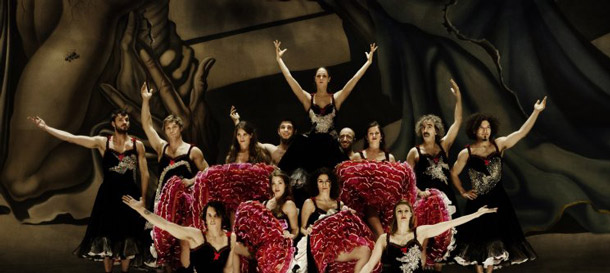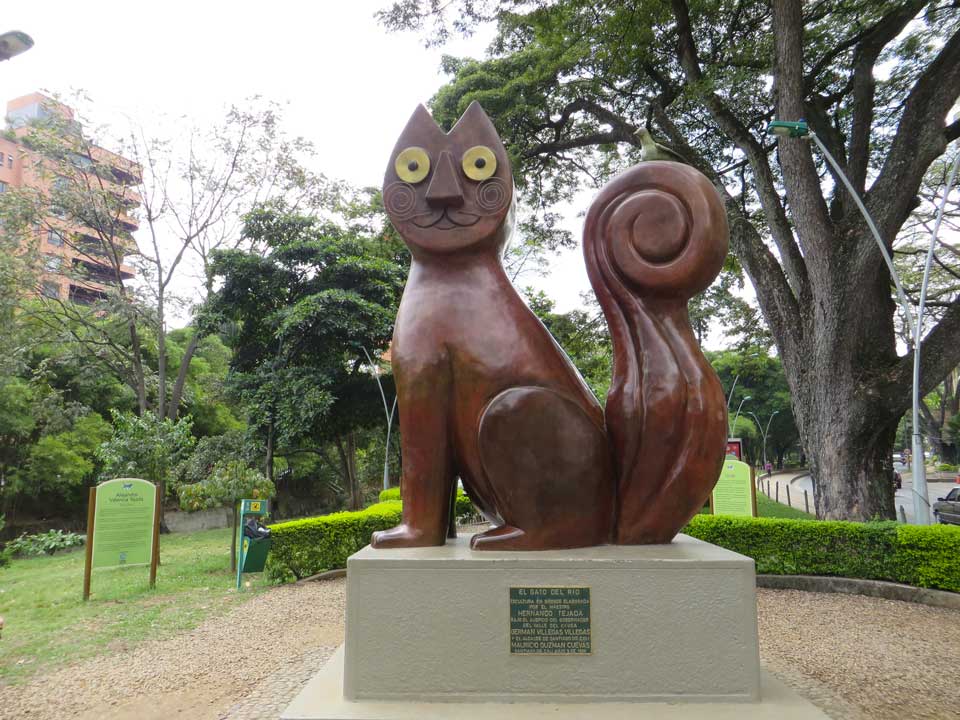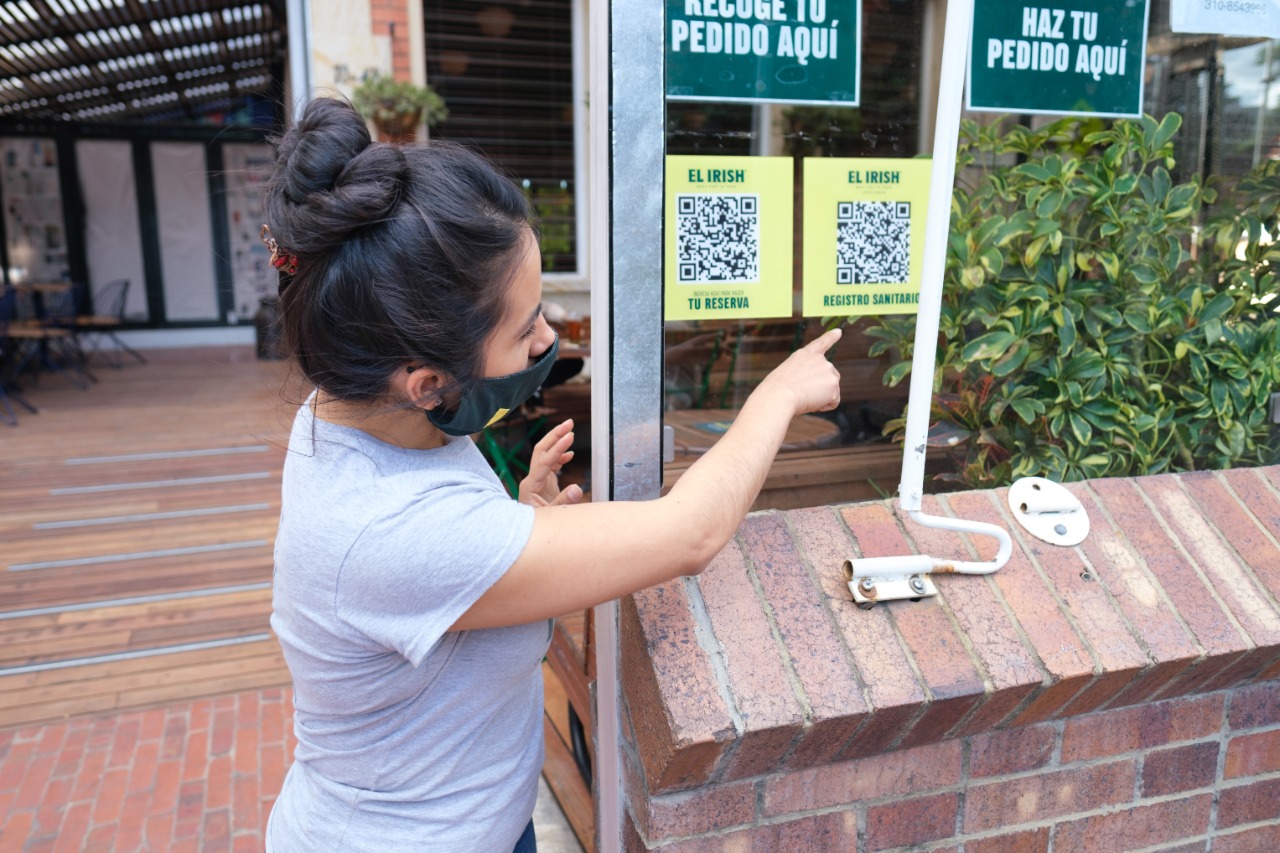You may have noticed the streets are unusually quiet this week and wondered what’s going on. It’s down to a truckers’ strike that has brought the country to a juddering halt.
This week saw the capital come to a standstill on Wednesday as the paro camionero came into full effect. Major roads have been blocked by the truckers’ strike and there’s a quiet Sunday feel in midweek. With both the government and protestors refusing to back down, this may rumble on for a while.
It’s the first major protest in the country since 2021 and the first time that the Petro government has had to deal with large-scale disruption. It’s colossal in nature – average delays are over an hour and a half and over 2,000 stops out of service in the city’s bus network. It has affected 1.7 million people in the capital.
This is countrywide, with various towns and cities effectively cut off from each other. There are stories all over the place about people stuck in provincial centres with the only road out blocked. There have been clashes in some zones such as Cauca, with furious citizens attacking truckers.
The blockage is sometimes total, in other cases a four lane autopista will be cut to a single lane. As the trucks are not working while they block the roads, things aren’t being delivered – meaning prices of fresh goods are already rising. While shortages are a way off, don’t be surprised if shelves get lighter.
Why is it affecting Bogotá?
Everyone has long been aware of the problems posed by transport in Bogotá and its lack of resilience in situations like this. Schools and universities have simply shut their doors, as have many businesses and large organisations.
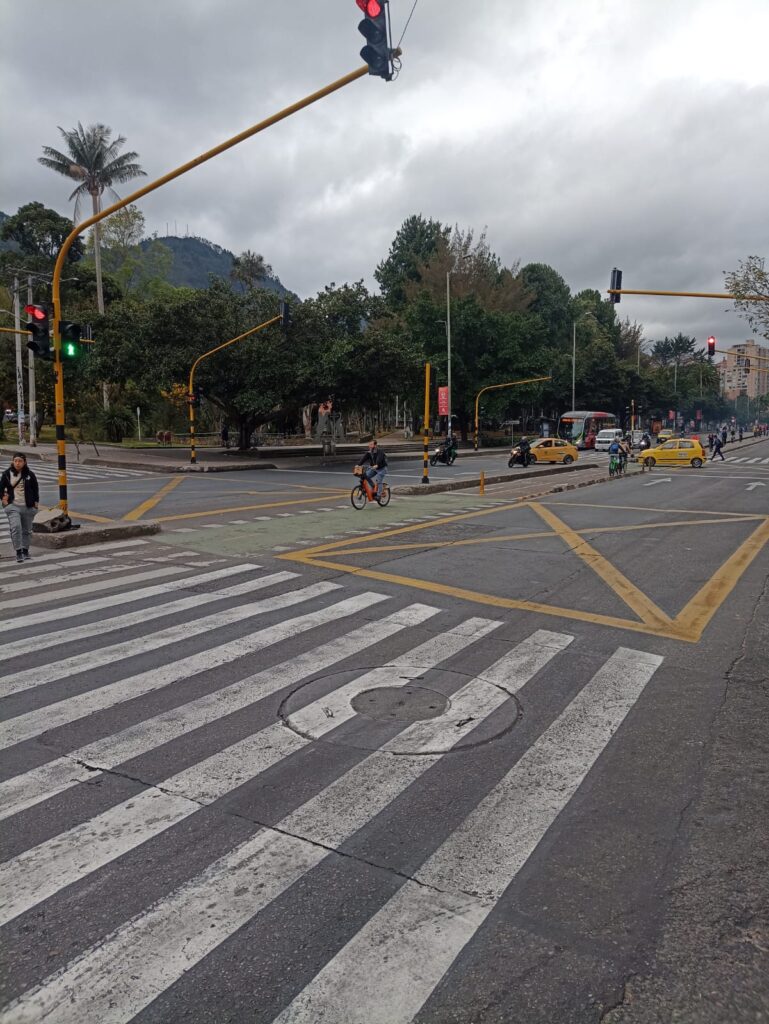
This is becoming the new normal in many ways, with a growing number of companies able to switch to home office at the drop of a hat. However, that’s simply not possible for a number of industries, such as construction.
It’s also wildly imbalanced in who it affects, as poorer residents of the city are far more impacted by these strikes. Only around 20% of the city commutes by car, meaning everyone else has fewer options to take alternative routes.
Internet connections are prone to being knocked out with high usage and many people will share a single line, exacerbating the problem. Working or studying from home also requires a decent computer, which not everyone has access to.
Bogotá is particularly vulnerable to transport disruption at the moment, with the ongoing Metro works also causing major delays as many stations and roads are now closed or highly limited.
Why is the truckers’ strike happening?
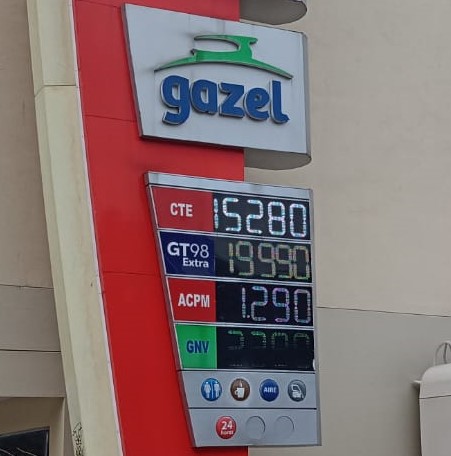
It’s because of the increase in diesel prices coming into play when subsidies on commercial truck diesel, often known as ACPM, rose by nearly COP$2,000 per gallon. That led Fedetranscarga, the largest truckers’ union, to declare not only a strike but also block the roads, claiming that this will put small operators out of business.
The move is a logical one – those subsidies cost a lot of money and the government wants to use that money elsewhere. We’re not talking small numbers here, as the estimated saving to the state is around COP$1.6bn. Even so, there is still a whopping subsidy on diesel – up to 50% by some estimates.
Petro has form for this – shortly after assuming office he removed subsidies from petrol prices. There was much wailing and gnashing of teeth when that was announced, but he rode it out easily enough. Critically, that was widely supported by economists, including those normally critical of him.
Some are framing the protests as part of a Centro Democrático agenda, with the Fedetranscarga boss Henry Cardenas being an outspoken fan of Uribe. There is plenty of support for the truckers’ strike coming from opposition parties, who are always happy to snipe at the government, but they aren’t organising this.
There’s plenty of criticism raining down from other sides too – the capital’s mayor, Carlos F Galán has criticised the national government for the situation. He claims that he has people ready to intervene and is being blocked by the national government as it will affect negotiations.
The Palacio Nariño responds to the truckers’ strike
Petro is in a tricky situation here. As not only a confirmed fan of direct action in general but indeed an active participant in various demonstrations and protests, he can’t really complain about others doing the same. Add to that the various marches he’s convened in support of his own government, and he has little moral authority to complain about the protests.
Worse still, breaking the strike means sending in UNDMO (the renamed ESMAD), the riot police. After all, Petro has spent plenty of time calling for them to be disbanded and railing against their existence. However, they’re already been sent in to deal with localised protests and open the roads again.
Of course, that hasn’t stopped him in the slightest. He’s vehemently against this protest and is claiming that they’re not real unions but more like cartels. He’s gone on the attack against Cardenas in particular. It seems that he wants the working man’s voice to be heard, but not if it’s speaking out against his policies.
This is a risky strategy – there’s often appetite in Colombia to keep protests rolling for a while and these affect a hell of a lot of voters, who are already voicing their disquiet. If a resolution can be reached before the start of next week, this could be a storm in a teacup. If not, it will become politically damaging quickly.
Where is affected?
By far the worst hit zones are those at the fringes of the city. However, as we mentioned earlier, the Transmilenio has also been severely affected as knock-on effects complicate matters. Check and double check before undertaking a journey to any of the mentioned places.
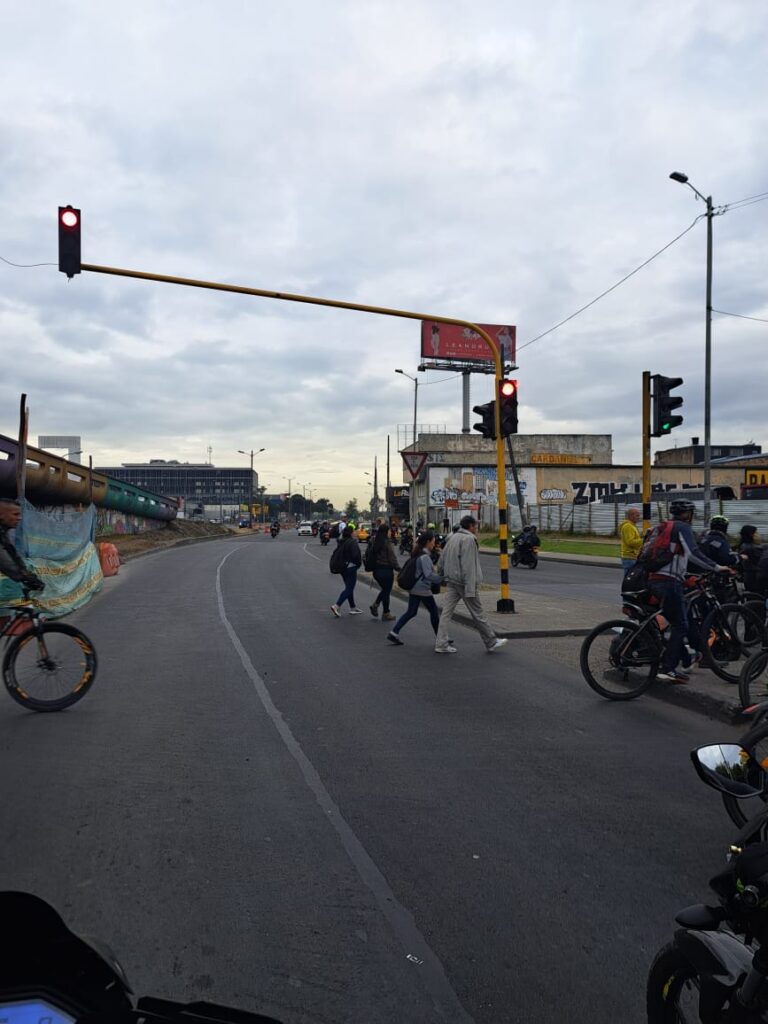
That means the localidades in Bogotá with major disruption are Bosa; Chapinero; Ciudad Bolívar; Fontibón; Kennedy; San Cristóbal; Suba; Rafael Uribe Uribe; Usaquén and Usme. Essentially, the entire outer shell of the city.
Closed Transmilenio stations are Troncal Caracas Sur; Portal Usme; Molinos; Socorro y Consuelo; Olaya; Restrepo; Fucha; Quiroga; Calle 40 Sur; Santa Lucía; Biblioteca; Parque and Portal Tunal. The @transmilenio Twitter account is giving regular updates.
Travelling out is also extremely difficult – the La Calera road has been blocked, as have the Autopistas Norte and Sur as well as the 80. The roads to the llanos are closed and even close towns such as Madrid, Soacha and Chía are likely to be hard to reach until the truckers’ strike is lifted.
Keep an eye on the news and listen to any reports – the situation is absolutely open to change and it’s at best unpredictable. It’s entirely possible that the paro could be lifted tomorrow, or that it could go on for a week.

